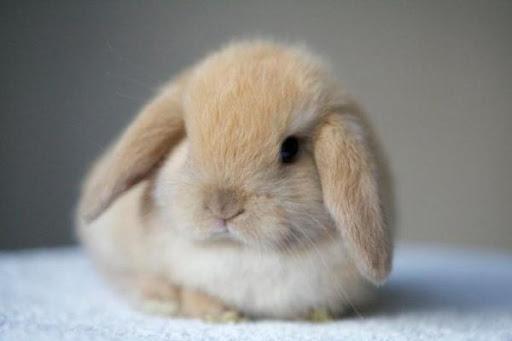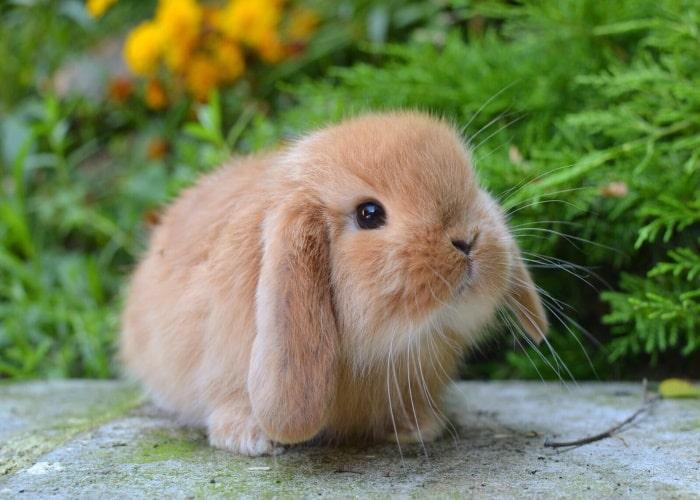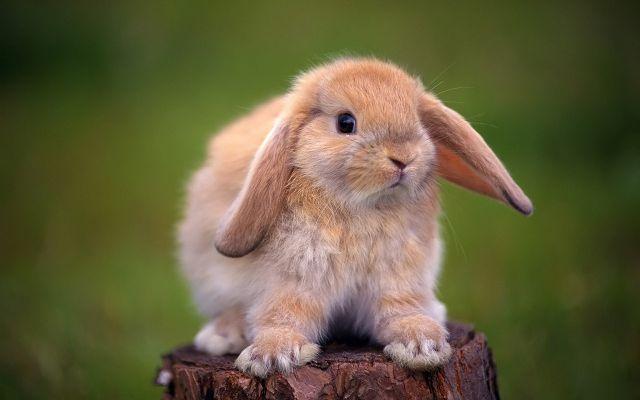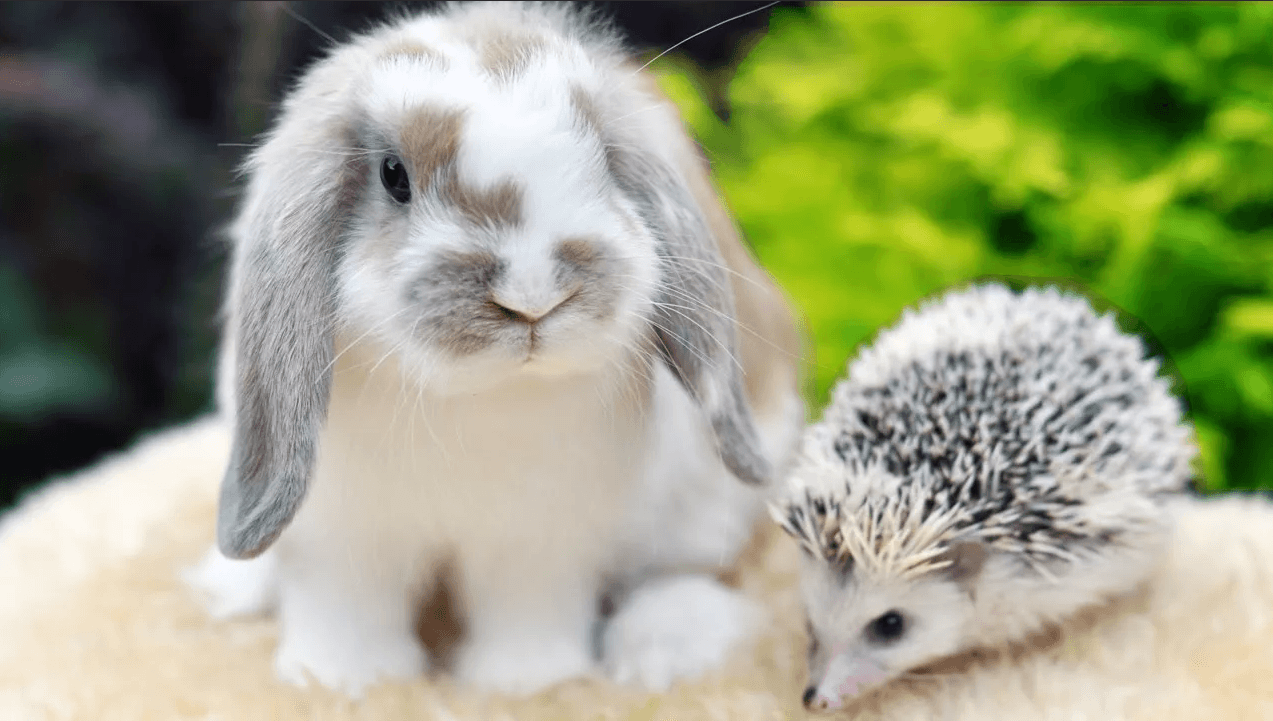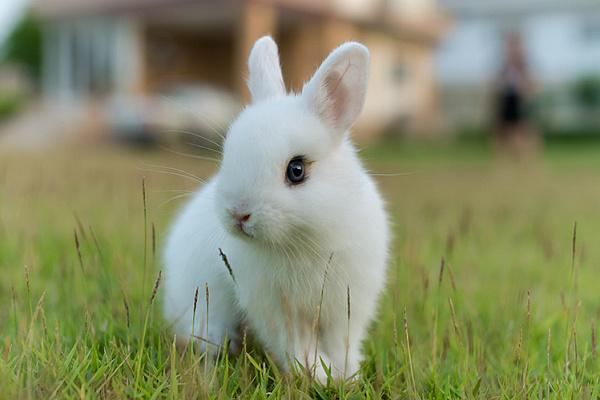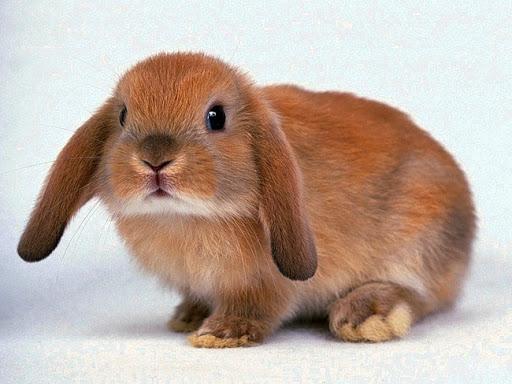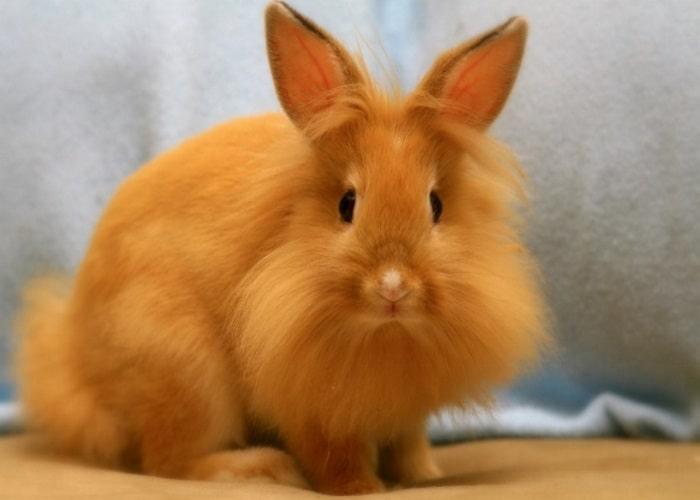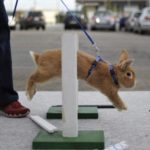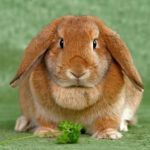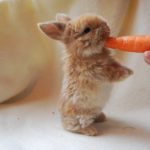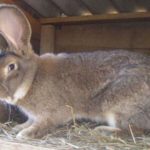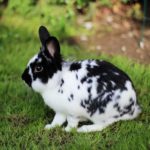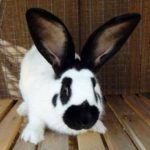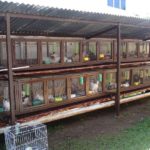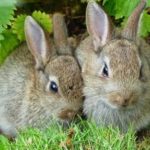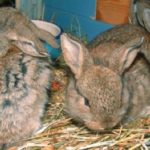Rabbits are popular pets, easy to care for and characterized by a calm and affectionate disposition. Keeping a decorative rabbit is not difficult, you just need to feed it properly and fully, regularly carry out hygiene and disinfection procedures, and do not forget about vaccination and the prevention of helminthiasis. In the absence of care and poor quality feeding, the pet becomes seriously ill and may even die.
Rules for choosing an animal
There are a large number of decorative breeds of rabbits, so choosing the right pet can be difficult. Advice for novice breeders: when choosing a breed, first of all pay attention to the character of the animal and the cost of maintaining it. A rabbit is selected according to the following criteria:
- degree of affection and friendliness;
- reaction to strangers;
- activity;
- size of the individual;
- state of the immune system, degree of susceptibility to diseases;
- requirement for care.
You should not choose a dwarf rabbit if there are small children in the family. When playing with a miniature animal, children can accidentally injure it.
You can ask the seller about the characteristics of the decorative breed. The buyer should keep an eye on the cubs being sold. Appearance and habits can tell a lot about the health of an animal. A healthy rabbit looks energetic, moves quickly, its coat is shiny, there are no bald spots or traces of fleas. You should run your palm over the body to check for injuries and tumors. The abdomen should not be hard.
Popular breeds
Rabbits are usually bred for meat and fur, but breeding experiments have led to the emergence of decorative breeds, the representatives of which are distinguished by a cute and original appearance. About 50 decorative breeds have been created, many of which are characterized by diversity and unique colors.
The most popular decorative breeds:
- The Dutch Fold is a rabbit with long droopy ears, a compact body and short legs. An adult weighs about 1.8 kg. The popularity of the breed is due to the variety of colors, soft and lively character, and the absence of genetic pathologies.
- Decorative Angora is an affectionate, understanding, calm pet with unusually fluffy fur. An individual weighs up to 2 kg.The only difficulty in keeping it is the need for regular cleaning and combing of the coat.
- Dwarf is a miniature pet, weighing up to 1.2 kg, looking like a rabbit at any age. The pet has a neat rounded body shape, a relatively large head, short ears, and large eyes. Each rabbit has an individual character: calm or playful, inquisitive or docile.
- The dwarf ram is a rabbit with an original appearance. Due to the rounded shape of the muzzle and drooping ears, the animal’s head resembles the head of a ram. Compared to other breeds, these rabbits are quite large, weighing about 2.7 kg, and have a strong body with developed muscles. Dwarf rams are loved for their playfulness, affection, and lack of fear of people.
- Rex is a large decorative rabbit, weighing up to 4.8 kg. The popularity of the American breed is due to the special structure of the short coat: there are no hard guard hairs, due to which the coat looks and feels like velvet. These rabbits are friendly, but choose as their owner the person who pays them more attention.
- Hermelin, also known as the Polish rabbit, is a miniature pet with snow-white fur, weighing up to 1.3 kg. They love him for his good looks: rounded muzzle, short ears, expressive eyes.
Conditions for keeping a decorative rabbit
Decorative rabbits are sensitive to direct ultraviolet radiation, heat, dampness and draft. They should be kept at a temperature of +18 to +20 °C and air humidity of about 50%. To keep a decorative pet in an apartment you do not need many things. Must be purchased:
- cage (so that the animal does not feel cramped, its length should be at least 1 m);
- a bowl (you should take a large one made of metal or ceramic so that it is difficult for your pet to turn it over);
- drinking bowl (you need to buy one that is attached to the bars of the cage, since the rabbit will turn the bowl of water over);
- a tray (it is advisable to take one with a lattice cover so that the animal does not get its paws dirty);
- house for rest and sleep;
- a carrier for trips to the veterinary clinic;
- wool brush;
- nail clipper
You also need to purchase a filler for the tray, which must be wood and not scented. The bedding in the cage is chosen from straw or sawdust, laid in a layer 5-8 cm thick.
The tray filler is changed and the cage is cleaned every 2-3 days. A warm aqueous solution of vinegar is used as a disinfectant. Chemicals should not be used; they can harm the health of the animal.
Hygiene procedures
Caring for a decorative rabbit is not difficult. Brush it once a week, during the procedure they check for fleas and skin diseases. You should not bathe the animal; this procedure is very stressful for him. If the fur is dirty, wash only the contaminated area, being careful not to splash water on the ears and face. After washing, the animal is wrapped in a terry towel until the fur dries. Do not dry washed rabbit fur with a hairdryer. The noise of the device will frighten the animal, and the flow of hot air can burn the delicate skin.
Care also includes checking the ears for parasitic infections every 2 weeks and examining the paws for tumors and ulcers. Claws should be cut off as they grow, it is advisable to entrust this procedure to a veterinary specialist.
Acceptable and unacceptable food
The diet of an ornamental pet includes:
- meadow hay;
- fresh grass (in summer they are picked from an ecologically clean area, in winter they buy wheat grain for germination);
- vegetables and tops (carrots, zucchini, pumpkin);
- tree and shrub branches (apple, pear, raspberry, aspen);
- fruits and berries (apples, pears, watermelon and melon rinds, grapes).
The water is changed daily, even if all of it is not drunk. The rabbit is given food 3 times a day.
You cannot treat an ornamental animal:
- sweets and baked goods;
- fermented milk products;
- citrus and other exotic fruits;
- plums;
- onions and garlic;
- human food.
The rabbit is given grain and cabbage in minimal quantities. Grain feed is saturated with carbohydrates; if consumed in moderation, it causes obesity, and cabbage provokes flatulence. Chalk and salt stone are placed in the cage. These are sources of mineral elements for the animal.
Diseases and mandatory vaccinations for rabbits
Since decorative rabbits are the result of selection, their immunity is rather weak, and some breeds are susceptible to genetic diseases and complications associated with anatomical features.
The most common symptoms observed in decorative rabbits are:
- viral hemorrhagic disease;
- pasteurellosis;
- myxomatosis (sign – nodules on the body);
- infectious rhinitis;
- inflammation of the bronchi and lungs (due to unsuitable temperature conditions and draft);
- diarrhea and flatulence (due to unsanitary conditions and poor quality nutrition);
- inflammation of the genitourinary system (sign – blood in the urine);
- conjunctivitis (a consequence of unsanitary conditions);
- helminthiasis, accompanied by diarrhea and sudden weight loss;
- flea infestation;
- damage by skin mites (sign: bald spots on the fur);
- teeth growing into cheeks;
- uterine tumors in females.
You cannot treat an animal on your own; this should be done by a veterinarian. For preventive purposes, the pet is vaccinated at certain intervals. The first time the child is vaccinated against the hemorrhagic virus is at the 6th week of life, a second injection is given after 3 months. Further, they are vaccinated against hemorrhagic disease once a year.
The animal is vaccinated against myxomatosis for the first time at 10 months of age. Next, the vaccination is done 2 times a year from April to October, when insects carrying the infection are active. Preventive treatment of worms is carried out every 2-3 months.
If you take good care of a decorative rabbit, it will live 7-9 years.
Sexual issues in rabbits and reproduction
Decorative rodents reach sexual maturity by the 3-4th month of life. If breeding is not planned, then individuals of different sexes must be housed. The sexual activity of a rabbit is determined by several signs:
- aggressive and agitated behavior;
- increased physical activity;
- ignoring the tray;
- desire to mark corners (typical of males);
- the desire to equip a nest (typical of the female).
For mating, the female is placed with the male. It is impossible to do otherwise, since the gentleman will be carried away by exploring unfamiliar territory and will not bother to pay attention to his girlfriend. During the mating process, animals mate in several approaches. Mating is repeated every other day. If there is no need to breed ornamental animals, then it is advisable to castrate the male. Then he will behave calmly and stop marking corners.
Is it worth walking outside?
It is not necessary to walk a decorative domestic rabbit, but if desired, you can take it out onto the lawn during the warm season. For a walk, choose a clear day when there is no strong wind.Walk your pet on a special rabbit leash.
But even if the rabbit does not leave the house, it should not be in a cage forever, otherwise obesity and skeletal pathologies cannot be avoided. The animal must be released daily so that it can frolic and run around on the floor.

